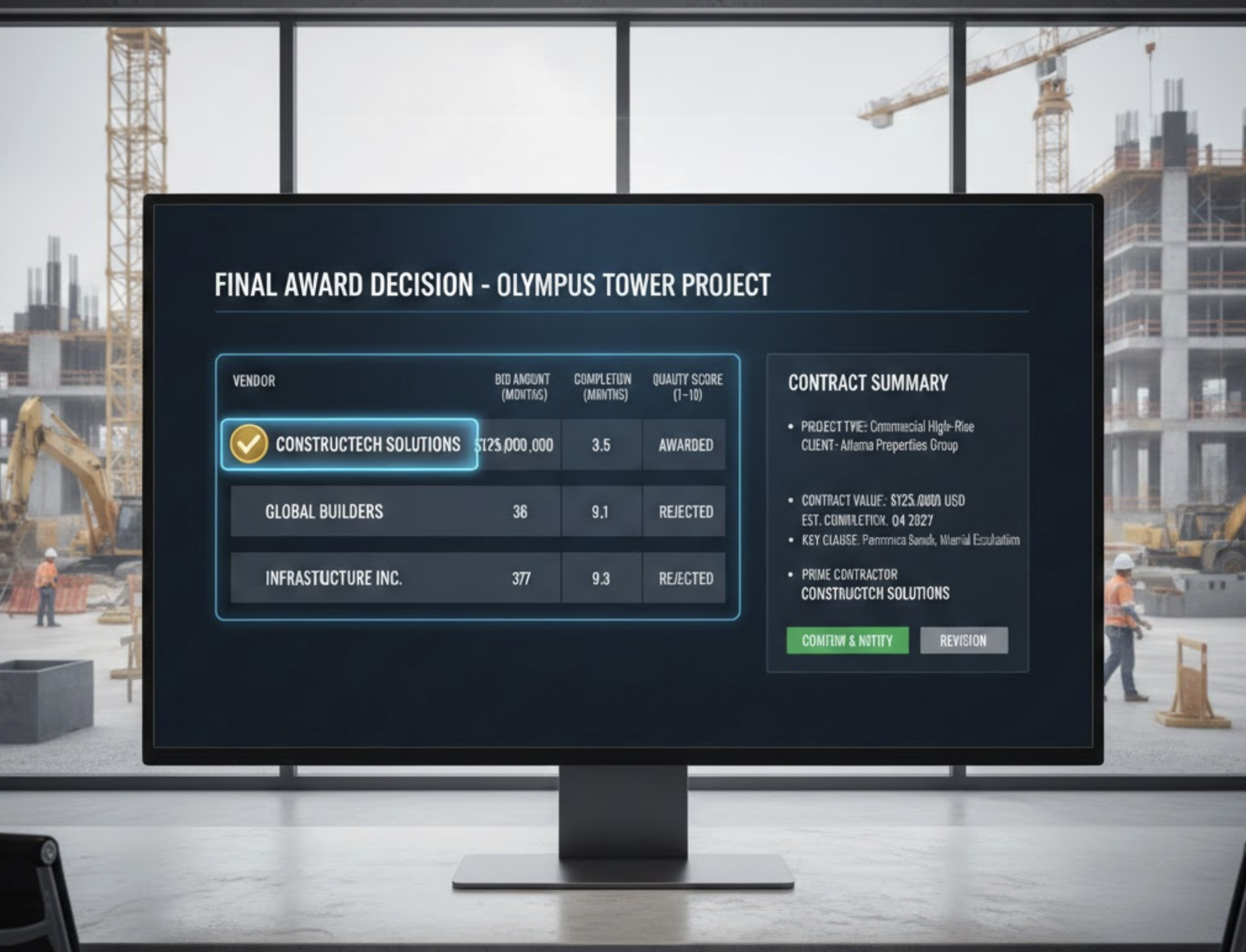Why You Can’t Rely on Consultants Alone for Risk Forecasting
In the realm of construction management, accurate risk forecasting is vital for project success. Many organizations still depend heavily on external consultants for this purpose. However, solely relying on these external experts presents significant challenges and limitations. In this blog post, we explore why this reliance may not be the best strategy and how Zepth’s integrated construction project management software can enhance risk forecasting capabilities.
Limitations of Consultants in Risk Forecasting
External consultants undoubtedly bring extensive experience and expertise to the table. However, their effectiveness in risk forecasting can be undermined by critical limitations.
Lack of Internal Data Access
One major drawback is that consultants typically do not have direct access to an organization’s internal data. This data is essential for accurate risk assessments, as it provides real-time information necessary for making informed forecasts. When consultants lack this access, the accuracy of their evaluations is severely compromised.
Generalized Expertise
While consultants may shine through generalized insights gleaned from various projects, their understanding often lacks the specific nuances of an individual company’s risk profile. This can result in generic risk solutions, which may fail to address the unique concerns that an organization might face. In sectors such as construction, where every project poses different challenges, this one-size-fits-all approach can limit effectiveness.
Limitations of Traditional Risk Models
It’s not just the consultants who have limitations; traditional risk models employed in forecasts also come with multiple drawbacks.
Failure to Reflect Real-World Scenarios
Many traditional risk forecasting models do not adequately capture the complexities and nuances of real-world risk events. This shortcoming leads to forecasts that often lack validity, leaving organizations ill-prepared for actual risks that may arise during projects.
Single-Point Forecasts
Another significant issue with traditional forecasting methods is the reliance on single-point forecasts. This approach oversimplifies the potential spectrum of risk outcomes, often leading to substantial underestimations or exaggerated evaluations of actual risks. Such inaccuracies can significantly impact project planning and execution.
Challenges in Defining Risk Appetite
In addition to these limitations, defining a firm’s risk appetite remains a critical yet challenging task. Misunderstanding or mismanaging risk appetite can lead to limitations in risk-based forecasting models, further exacerbating the inability to anticipate infrequent or unexpected risks.
The Role of Zepth in Risk Forecasting
Given the aforementioned limitations, integrated risk management solutions like those offered by Zepth can significantly improve risk forecasting accuracy and effectiveness.
Access to Internal Data
Zepth’s suite of tools seamlessly integrates with an organization’s internal data systems. This connectivity facilitates real-time access to relevant data, which is crucial for making precise risk assessments and informed projections.
Customized Risk Models
Unlike traditional risk models, Zepth’s approach allows organizations to build customized risk models tailored to their specific risk profiles. This tailored approach ensures that unique concerns are addressed effectively, leading to more nuanced and practical risk management strategies.
Comprehensive Forecasting
With Zepth’s integrated risk management tools, organizations can enjoy comprehensive forecasts that accurately reflect real-world scenarios. Furthermore, the forecasts consider a broader spectrum of potential outcomes for risks, significantly enhancing overall project resilience.
Best Practices and Emerging Innovations
To successfully navigate the complexities of risk forecasting, organizations should consider implementing several emerging practices and innovations.
Data-Driven Decision Making
Emphasizing data-driven decision-making is essential in today’s digital landscape. Organizations should leverage advanced analytics and machine learning algorithms to improve risk forecast accuracy. By utilizing sophisticated AI tools for construction, companies can enhance their predictive capabilities.
Continuous Monitoring
Implementing systems for continuous monitoring can track and update risk assessments in real-time, enabling organizations to respond promptly to emerging risks. This agility is critical, especially in construction where conditions can change rapidly.
Collaboration and Integration
Facilitating collaboration between internal teams and external consultants fosters a more integrated approach to risk management. By combining insights from both parties along with internal data, organizations can achieve more robust and accurate forecasting results.
Use Cases
Effective risk forecasting has direct applications in various contexts, particularly in construction management.
Construction Projects
In the construction industry, accurate risk forecasting is indispensable for managing project timelines and budgets. Zepth’s solutions can assist in identifying and mitigating risks such as construction delays, cost overruns, and safety hazards. Our tools like Construction Progress Report enhance visibility into ongoing projects for better management.
Operational Risk Management
For ongoing operations, Zepth’s integrated risk management solutions provide real-time insights into operational risks. These tools ensure that risk models are reflective of the organization’s specific risk profile, enabling proactive risk mitigation strategies.
By recognizing these limitations in conventional risk forecasting and embracing integrated solutions such as those offered by Zepth, organizations can enhance their risk management strategies significantly. Improved risk forecasting leads to better project delivery and ultimately fosters a safer, more efficient construction environment. For further insights into how Zepth can assist with your risk management needs, visit our risk management solutions page.




